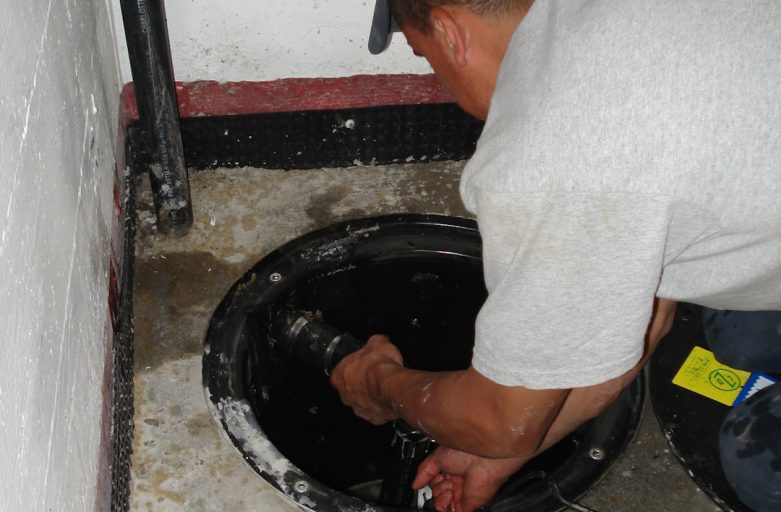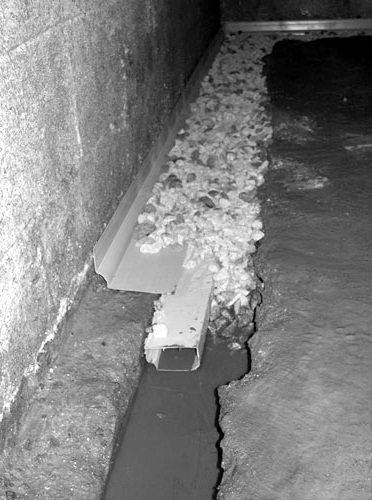Introduction
As residents of the beautiful Pacific Northwest, we’re no strangers to rain. Seattle and Tacoma, nestled amidst lush greenery and surrounded by water, experience their fair share of precipitation. Amidst this natural beauty lies a crucial aspect of homeownership: drainage systems. Whether you live in a cozy suburban home or a bustling city apartment, understanding the significance of regular drainage system maintenance is essential. In this blog post, we’ll delve into why annual drainage system service matters, focusing on sump pumps, gravity systems, and the consequences of neglect.
Sump Pumps: Your First Line of Defense
What Are Sump Pumps?
Sump pumps are devices installed in basements or crawl spaces to prevent flooding. Annual Drainage system service on these sump pumps ensure they work when you need them most. They collect excess water and pump it away from your home’s foundation. In the Seattle-Tacoma area, where heavy rainfall is common, a functioning sump pump is crucial.
Why Annual Service Matters:
- Debris Removal: Over time, sump pits accumulate debris, affecting pump efficiency. Regular servicing ensures debris removal and optimal pump performance.
- Motor Inspection: Annual checks verify that the pump motor is operational. Faulty motors can lead to basement flooding during storms.
- Backup Systems: Battery-powered backup sump pumps need testing. Imagine a power outage during a downpour—your backup system must work flawlessly.
Gravity Systems: The Silent Heroes
What Are Gravity Systems?
Gravity drainage systems rely on natural slopes to move water away from your property. Gutters, downspouts, and French drains fall under this category.
Why Annual Service Matters:
- Gutter Cleaning: Leaves, twigs, and debris clog gutters. Regular cleaning prevents overflow and water damage.
- Downspout Maintenance: Ensure downspouts direct water away from your foundation. Blockages can lead to basement leaks.
- French Drains: These subsurface drains prevent water accumulation. Annual checks ensure they’re clear and functional.

The Pitfalls of Neglect
What Happens When You Skip Maintenance?
- Basement Flooding: A malfunctioning sump pump or clogged drain can flood your basement, damaging belongings and compromising structural integrity.
- Soil Erosion: Poorly maintained drainage systems erode soil around your foundation, risking stability.
- Mold and Mildew: Stagnant water breeds mold and mildew, affecting indoor air quality and health.
- Foundation Cracks: Waterlogged soil exerts pressure on foundations, leading to cracks and costly repairs.
Conclusion
Annual drainage system service isn’t a luxury; it’s a necessity. In Seattle and Tacoma, where rain is a constant companion, proactive maintenance ensures a dry, safe home. Northwest Drainage has a dedicated Drainage Service Team that offers a top notch drainage system service. you day or night w Reach out to use to schedule your yearly checkup. Remember, a well-maintained drainage system protects your investment and keeps your family comfortable. Don’t wait for the next storm—act now!

